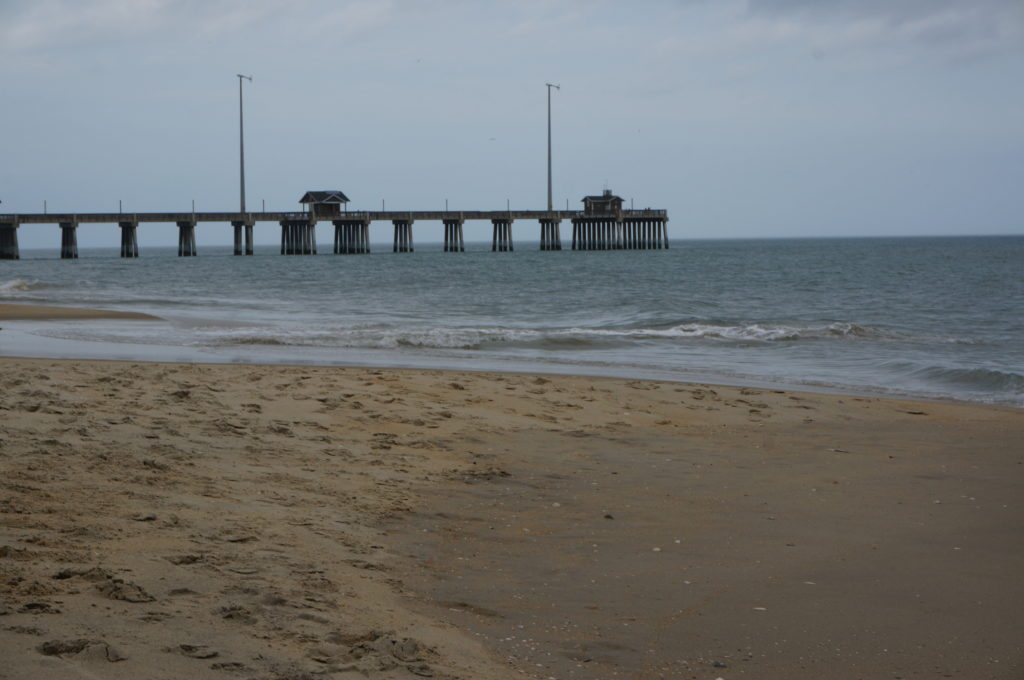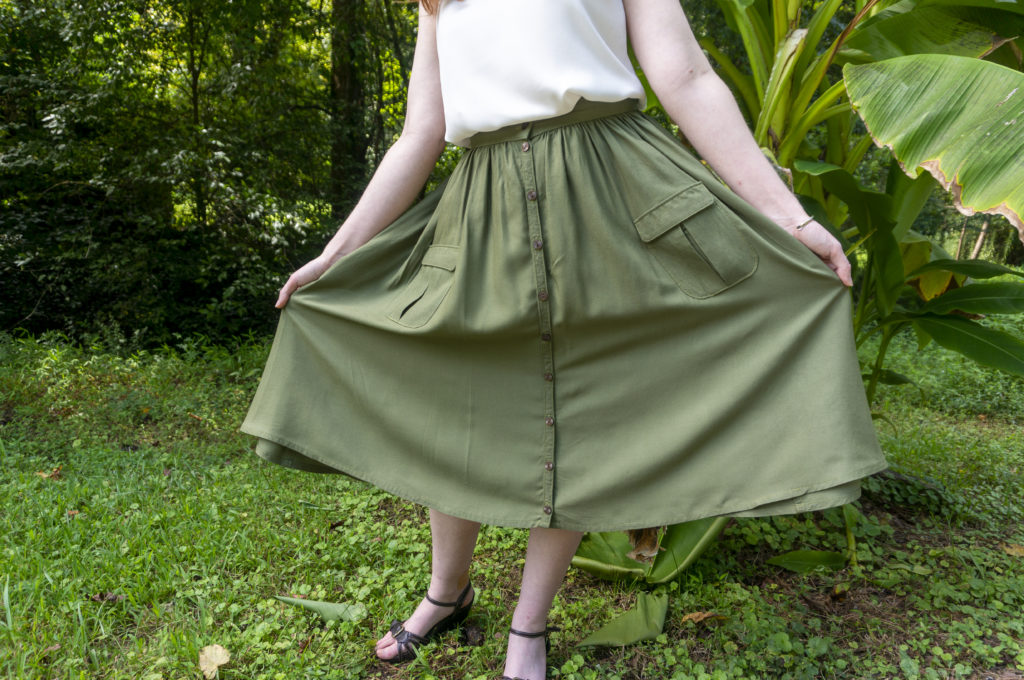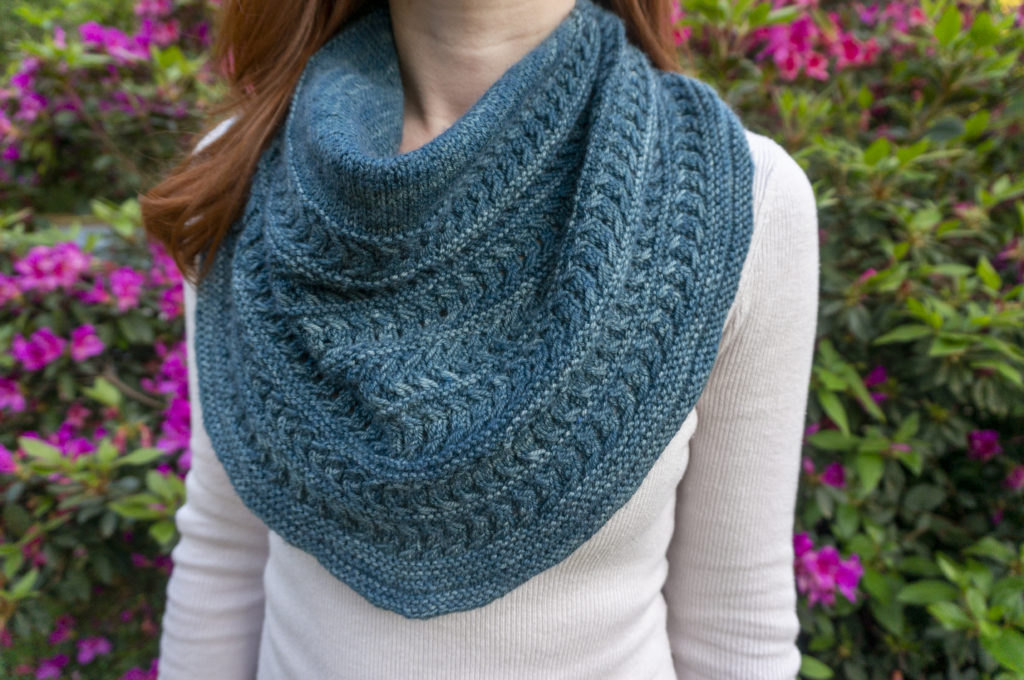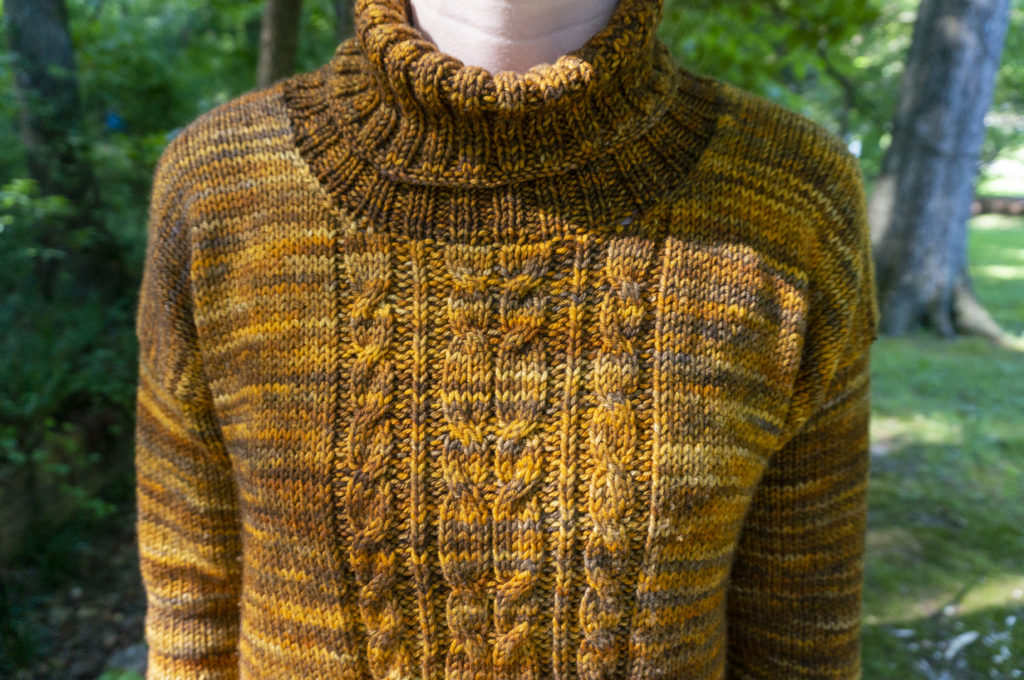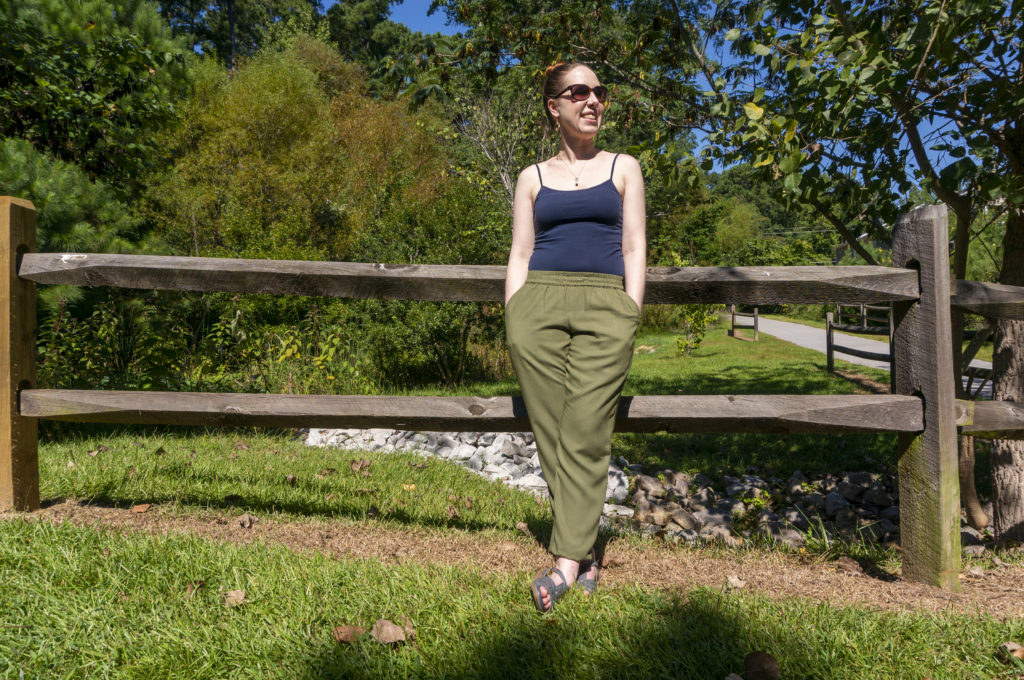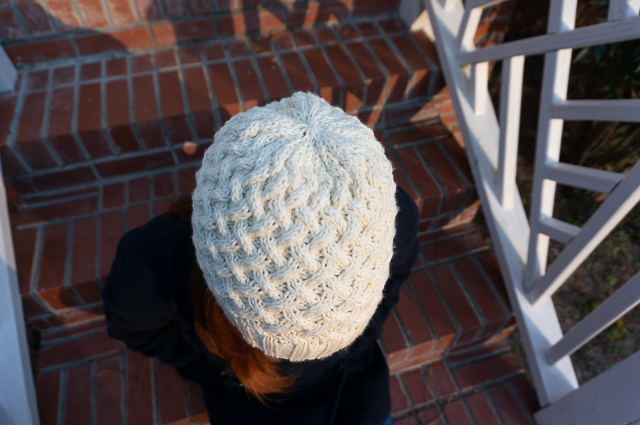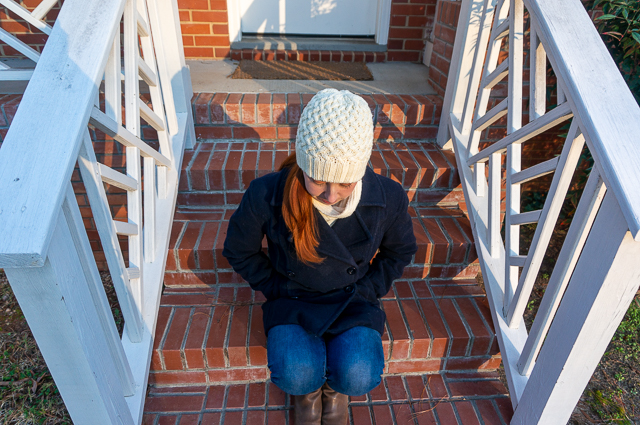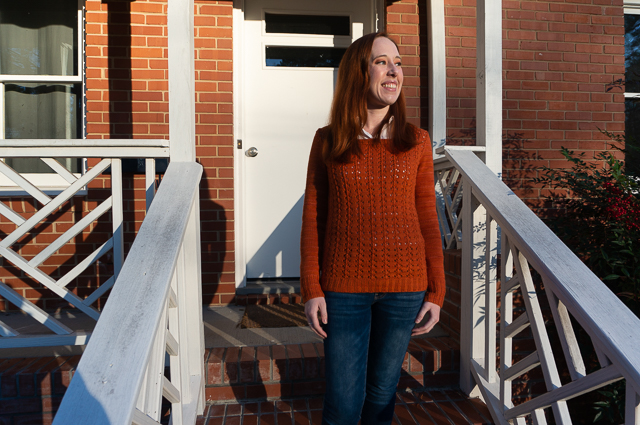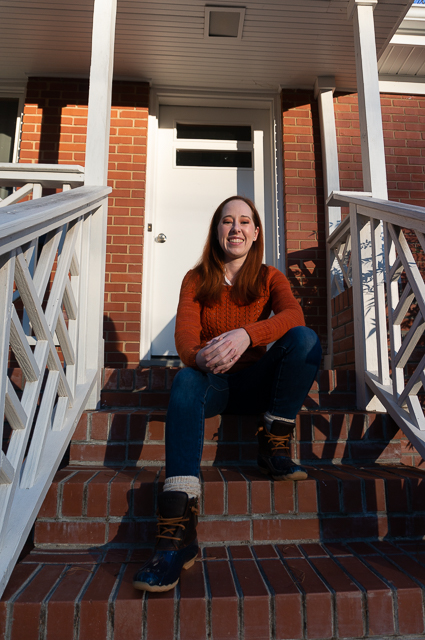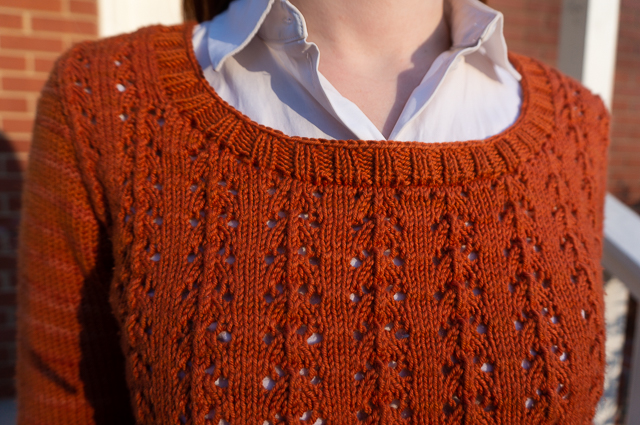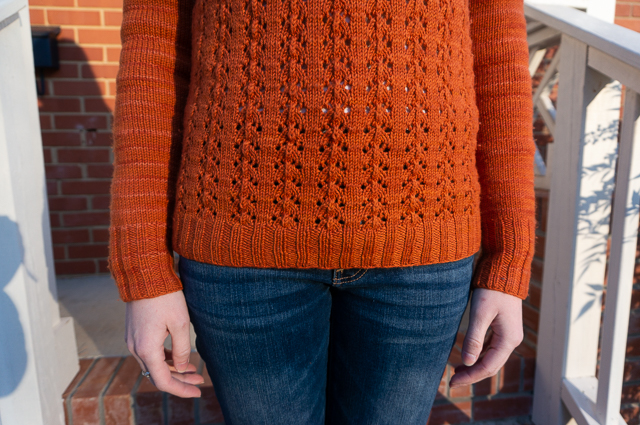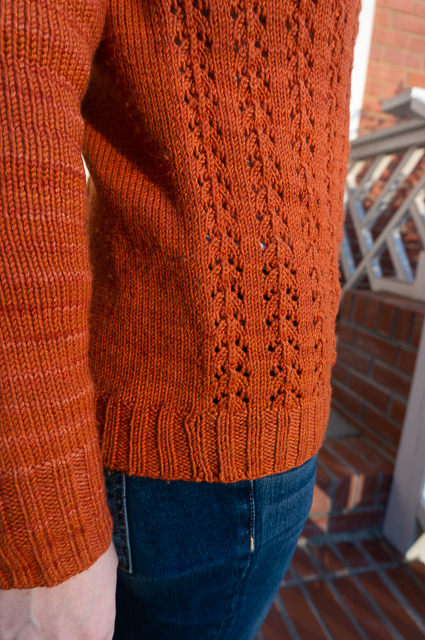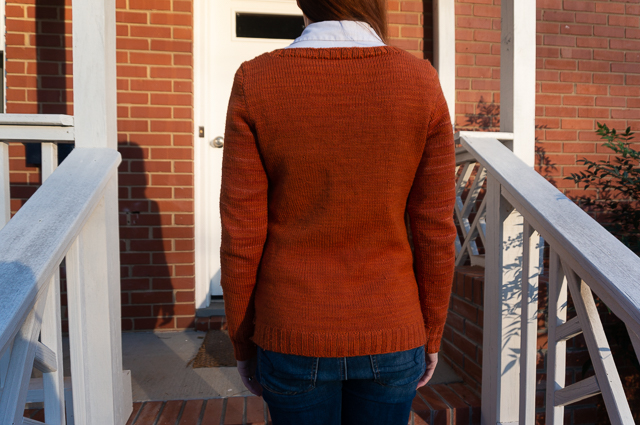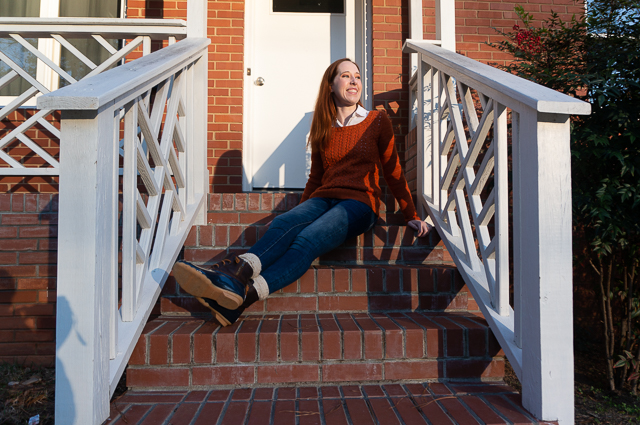I didn’t set any goals at the beginning of 2020, but I did write out five intentions for myself. Five gentle encouragements to seek out and embrace the things that actually make me happy.
In that same spirit, my aspirations heading into 2021 are not lofty and my ambitions are tempered by the knowledge that we’re at least six months away from a widely available COVID-19 vaccine and even further from date nights at restaurants, old house tours, and international travel.
These are not SMART goals. I’m not interested in metrics, and I only care about milestones insofar as they spur me to do more of the things I enjoy. These are just five big ideas that I want to guide me as I try to figure out what to do next.
5. Wear real clothes.
A sewing-adjacent goal, to be sure, but an important one nonetheless. When I stopped going into an office and started working from home full-time, my daily wardrobe choices became significantly more casual. As in, I have been living in the same leggings + tunics and pajama pants + t-shirts/sweaters combinations for nine months. It’s gotten so bad that this last week I’ve rolled out of bed and gone to my desk wearing the same pajamas I slept in—three days in a row.
Ain’t nothing wrong with being casual or comfortable. I’m not here to judge anyone living in loungewear by choice or necessity. But I do actually like (most of) my other clothes, and I never hated my workwear to begin with. It’s just easier not to make the effort, even if the effort can have beneficial effects on my mood.
Inevitably the reaction to this sentiment seems to be, “Wear what you want! Put on a ballgown if it makes you happy! You’re worth it!” That’s all well and good, but I think it rather misses the point. It’s not that I feel like I can’t get dressed up; it’s that I feel like I don’t want to get dressed up. Except I do. Feelings are complicated like that.
I’m not ashamed to say that I do dress for other people, after a fashion. I dress to be perceived as a competent professional by people with more industry experience than me. I put together an outfit to go to the hairdresser that communicates the level of effort I want to invest in my appearance. I wear handmade clothes when I hang out with other creatives because I know they’ll appreciate them and that validates me as a legitimate maker.

Not seeing people has removed the impetus to make an effort, but not the desire. Because apparently I’m the kind of person who wants to look put together even when I’m sitting folded up in my desk chair writing a blog post instead of working on a PowerPoint presentation.
I’m going to break out of my rut and wear more than the same ten articles of clothing. Partly that will involve sewing more clothes I want to wear every day, like long-sleeved tops, and partly that will involve not doing laundry once a week to force myself to wear something else. Preferably with a bit of jewelry, because I got lovely pieces for both my birthday and Christmas and they do not deserve to languish in my jewelry chest until the pandemic ends.
4. Use more stash.
It pains me that I even have to write this one, because when I started sewing, I was diligent about avoiding stash accumulation. At first I only bought supplies when I had a project in mind. Then, on the rare occasion that I bought fabric on impulse, it was always because I wanted to make something right away.
I’m not a designer, so I don’t need a large supply of material to spark my creativity. I’m not a process-oriented person, so I’m unlikely to sew to practice a skill or test myself to see if I can make something. If I sit down at my machine, it’s because I want something, and I want it immediately.
Sewing is, shockingly, not an immediate hobby. (Quelle surprise.) Many of the fabrics I bought to sew up right this second languished because my desire to sew faded before I had the time, space, or energy to get started. Or they were supplanted by newer fabrics to satisfy an even more urgent desire.
While there are no doubt fabrics in my stash that I wouldn’t buy again, there are also plenty of options in colors, prints, and materials to make up the kinds of things I want to wear. It’s time to start putting a dent in that before bringing home more yardage. I’m not interested in any strict criteria here, but aiming to use two stash fabrics for every new fabric purchased seems like a reasonable goal.
3. Engage the community.
Another sewing-adjacent goal. I love blogs and loathe Facebook and Instagram. I have dozens of blogs in my feed reader, including ones that are almost certainly defunct but that I secretly hope will pop up again out of the blue. I found a new blog just today that I’m going to add.
I try to comment on all the blogs I follow, even if it’s only every third or fourth post, but I’ve definitely fallen out of the habit this year. As more and more makers seem to be abandoning the cake of blogging for the pure frosting of a curated feed and perfectly styled photos, it feels so important to tell those who haven’t given up: “I see you! I savor your writing, I appreciate your insight into the process and the product, and I’m so, so glad you’re still here!”
This year, I’m going to redouble my effort to support and encourage other bloggers, as well as leave comments on YouTube videos.
2. Make a plan.
I like having a plan, even if I don’t stick to it. I think the plans I made in the past failed because they were too ambitious, overestimating how quickly I work and underestimating how frustrated I get when things don’t work the way they should.
This year, I think I’m going to give the Make Nine approach a try. Nine garments and accessories seems reasonable given my sewing and knitting output over the past 12 months. I’m still mulling over what I’d like to make, but I already know the list will include new skills and and at least one material I haven’t worked with before.
This might sound like the opposite of a easy-going goal, but I think the key here is that I don’t think I’m going to pair specific patterns and fabrics. Instead, I think I’m going to identify nine types of projects at the outset, and then choose the specifics based on what I feel like I need in my closet or want to work on at the time.
I’m also giving myself permission to have a pretty relaxed relationship with that plan. If I only check off half the things on the list? Great! And if make nine things but they’re not the ones I envisioned? So what!
1. Just do the thing.
Seriously, just sit down at the machine and sew. Some projects will be frustrating. Some will be failures. It will suck, some of the time. But eventually, I’m told, you learn what your typical adjustments are, and you recognize when to follow the pattern instructions to the letter and when to adapt them to suit your own preferences. You get better at matching fabrics to patterns, at aligning prints and turning sharp corners, at sewing tidy rows of topstitching. You live and learn—at any rate, you live.
Sometimes you’ve got to give yourself the carrot, and sometimes you’ve got to give yourself the stick. Noelle from Costuming Drama is a genius for coining the term “compassionate deadlines,” and I fully intend to embrace that mentality. But when push comes to shove, if you want to wear the clothes, you have to do the thing.
I’m ready.
Goodbye, 2020. Hello, sewing!

